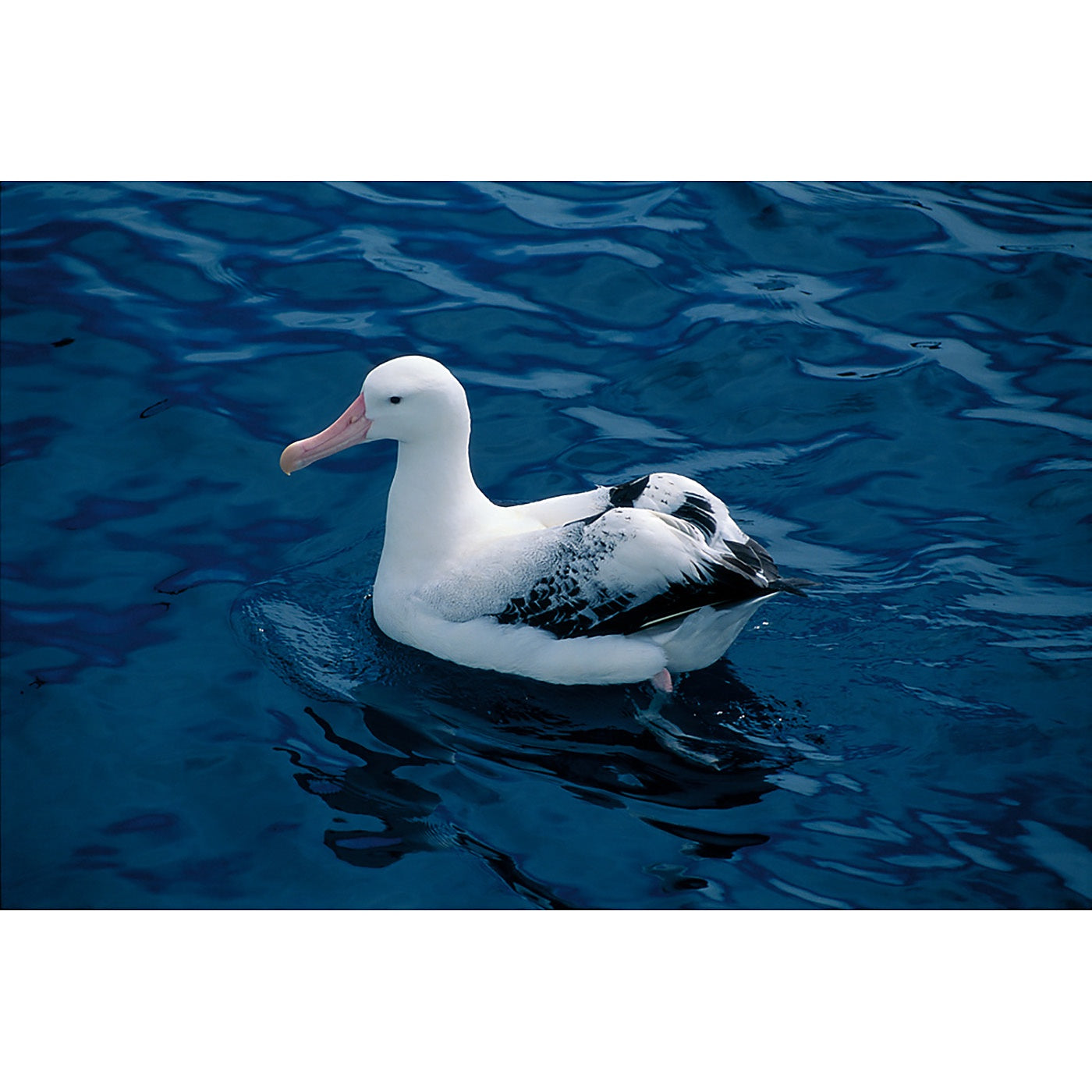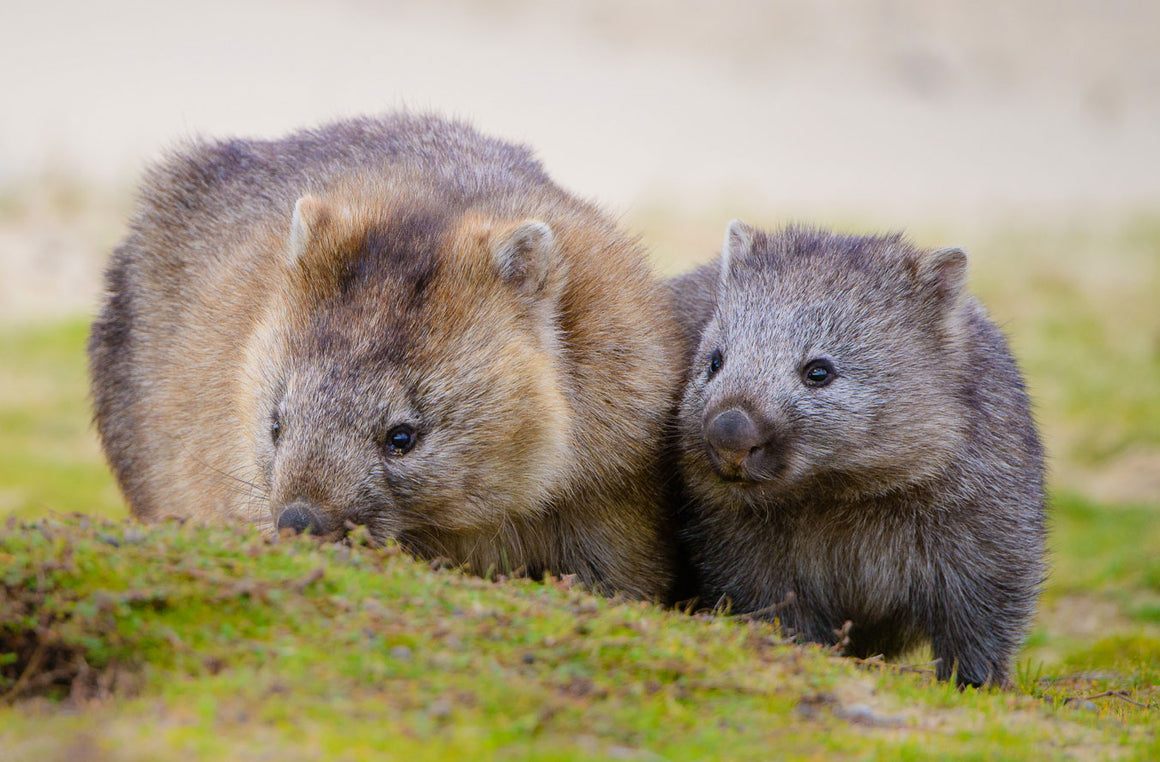Graham Robertson - South Georgia 'Sea Swallow'
$300.00
South Georgia 'Sea Swallow'
Graham Robertson
For the past 30 years I’ve conducted experiments to reduce the incidental bycatch of seabirds in longline fisheries. One such experiment took place on the F/V In Sung 66, an old Japanese tuna vessel converted to the Spanish system of longline fishing for Patagonian toothfish. The marineros on the In Sung hailed from South Korea, China, Vietnam and Indonesia. Life onboard was novel. The cabins were too small to stand up in and it was impossible to lie straight in bed. Cigarette smoke blew constantly into the cabins via the air con slot, redefining the meaning of the phrase ‘air conditioning’. With all sleeping spaces taken, I hot-bedded it with one of the crew – when he had the bed I didn’t, and when I had the bed he didn’t. Phew! (as strange as it may seem, even though we shared the same cabin for two weeks I never actually met the other bloke). Deprived of a washing machine, crew cleaned their clothes by dragging them on a rope in the propeller turbulence behind the vessel. The five Vietnamese crewmembers slept in a tiny fibreglass box, reminiscent of a rabbit hutch, on the top deck beside the smokestack. That was hard-arsed living, especially in the winter fishing season at South Georgia when much of the deck, and the rabbit hutch, would be covered in snow and ice.
One day, while we were hauling the longline, the wind stopped blowing and the sea became flat calm. Seabirds milled around the line hauling area on the lookout for unused bait flicked off the line. This Wandering Albatross was one of them, the calm conditions enabling it to manoeuvre unusually close the vessel. I asked a young Indonesian seaman if he knew the bird’s name. It’s a ‘sea swallow’, came the reply.
The Wildlife of South Georgia Island
Graham Robertson is internationally acclaimed research scientist and an accomplished wildlife photographer. He has visited South Georgia Island on a number of occasions throughout his career. Graham’s great passion is the Albatross, and his images of these and other extraordinary creatures of South Georgia Island reflect his life long efforts to conserve these wonders of nature.
Graham spent the first 14 years of his career with the NSW National Parks and Wildlife Service working as a plant ecologist in western NSW. A bushwalking trip to Tasmania in the early 1980s resulted by chance in a trip to Albatross Island (Bass Strait), which proved to be a career changing experience. Research trips to Macquarie Island and other seabird breeding sites around the world followed to acquire experience, which in 1988 led to his appointment by the Australian Antarctic Division as overwintering biologist to Mawson station to study emperor penguins.
By the time of his return from Antarctica the impact of longline fisheries on global albatross populations had gained international attention. That provided an opportunity for Graham to work at the interface between primary industry (fisheries) and conservation biology, in an attempt to modify the entrenched behaviours and practices of longline fishing industries to reduce their impacts on seabirds. From 1995 until his retirement from the Antarctic Division in 2014 his research included studies of albatross-fisheries interactions and, especially, the development of seabird-friendly fishing gears and practices for various longline fisheries around the world.
In 2004 he was awarded a Fellowship in Marine Conservation by the Pew Charitable Trusts (USA) for research on the Spanish system of longline fishing for Patagonian toothfish. He is the recipient of two Australian Antarctic medals, the first (in 1989) for overwintering studies of emperor penguins and the second (2012) for contributions to seabird conservation in fisheries.
The photographs in this exhibition were taken on two trips to South Georgia, the first a research trip and the second a private trip made specifically to capture the courtship dance of the wandering albatross, one of the most iconic seabirds in the world. The intention was to use the photographs of wanderers in full display to attract the attention of the general public to the threats posed by industrial fisheries to seabird conservation in general. This exhibition will be the first time that Graham has displayed these images in a public exhibition.
Please note; Prints are made to order. Please allow 10-15 business days for your delivery.


